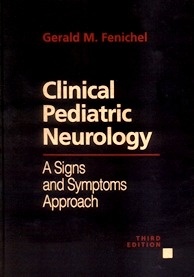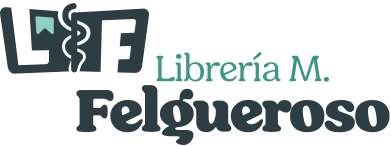Reseña o resumen
While many general forensic pathology books are available, forensic pathology atlases are relatively uncommon. This atlas primarily aims to assist the reader in interpreting the patterns produced by various findings inherent to forensic pathology but also to assist the reader in learning how to look for those patterns and how to document them when they are found. Forensic pathology does not have a World Health Organization (WHO) Classification guide, and classification systems for various topics in forensic pathology (eg, gunshot wounds and asphyxia) vary from author to author. For these and other reasons, forensic pathology as a specialty sees some degree of variance in practice and determinations of the cause and manner of death between offices and between pathologists, with even experienced forensic pathologists arguing over the best practice in many areas as well as how to interpret certain autopsy findings. To maintain consistency of style and presentation of the information throughout this book, the text was written by one author (WLK) and reviewed by the remaining two authors (JJB and RLH). The book is therefore based primarily upon the education and 20 years' experience of the lead author supplemented by the combined extensive experience of his two co-authors. The authors intend that the book will be viewed as a user-guide to forensic pathology, designed to assist a forensic pathologist in determining how to handle their daily cases, and not as a definitive guide to the field of forensic pathology, which in its degree of variation cannot adequately be described in an atlas or even in a textbook format.
The authors hope the book will serve as a useful resource for those planning a career in forensic pathology (eg, pathology residents), or those who are early in their career in forensic pathology, and, hopefully, even offer at least a different perspective to those already well-trained in the field. If the reader wants a more in-depth review of certain topics in forensic pathology, other textbooks would better serve that purpose since based upon the relatively small amount of text space available in an atlas format, the information in this book is presented in a straight-to-the-point fashion and, hopefully, in a high-yield fashion, but as such presents the material in a different format than larger textbooks. The contributing authors are all non-forensic pathologists and were chosen for their expertise in various areas (firearms, postmortem toxicology, and death scene investigation), with the hope that readers could see how forensic pathologists can benefit from the input of such experts.
PEARLS & PITFALLS: These entries are used to address important concepts or techniques in forensic pathology that most often follow in-line with the text or images. The most common entries in the book are pearls and pitfalls and they were designed to highlight key concepts or useful points. FAQ: These entries are commonly used to address areas in forensic pathology that are not agreed upon by all forensic pathologists, or areas that are frequently important topics in forensic pathology but might not have a clear answer. In this regard, even the three authors do not necessarily completely agree on the best answer to some of the questions. As such, each of the FAQs is written as objectively and neutrally as possible, attempting to address two sides to an argument, and to present two views to the question if more than one legitimate view was felt to exist. The reader will also see that for many FAQs, based upon information available in the literature, there is no clear answer.
CHECKLISTS: With certain types of investigations, a checklist is often provided to assist the reader in determining the steps to be taken at autopsy to identify or document the cause of death, as well as, in some situations, potential diagnoses to be considered in specific scenarios (eg, pregnancy-related deaths).
SAMPLE NOTES: In the spirit of the other books in this series, the sample notes are written to offer methods to document autopsy findings, and methods to potentially certify the cause and manner of death, given certain scenarios and autopsy findings. With the documentation of autopsy findings as well as even the certification of the cause and manner Preface of death, there is often more than one way to do the correct thing, and the sample notes tried to address that fact.
NEAR MISSES: As with the other books in this series, the near miss section offers images and cases that have the potential to be mis-interpreted, or the potential to simply be missed. With each autopsy and investigation, there is usually always a chance to do more, and some near misses highlighted cases where an extra step brought the final answer.

